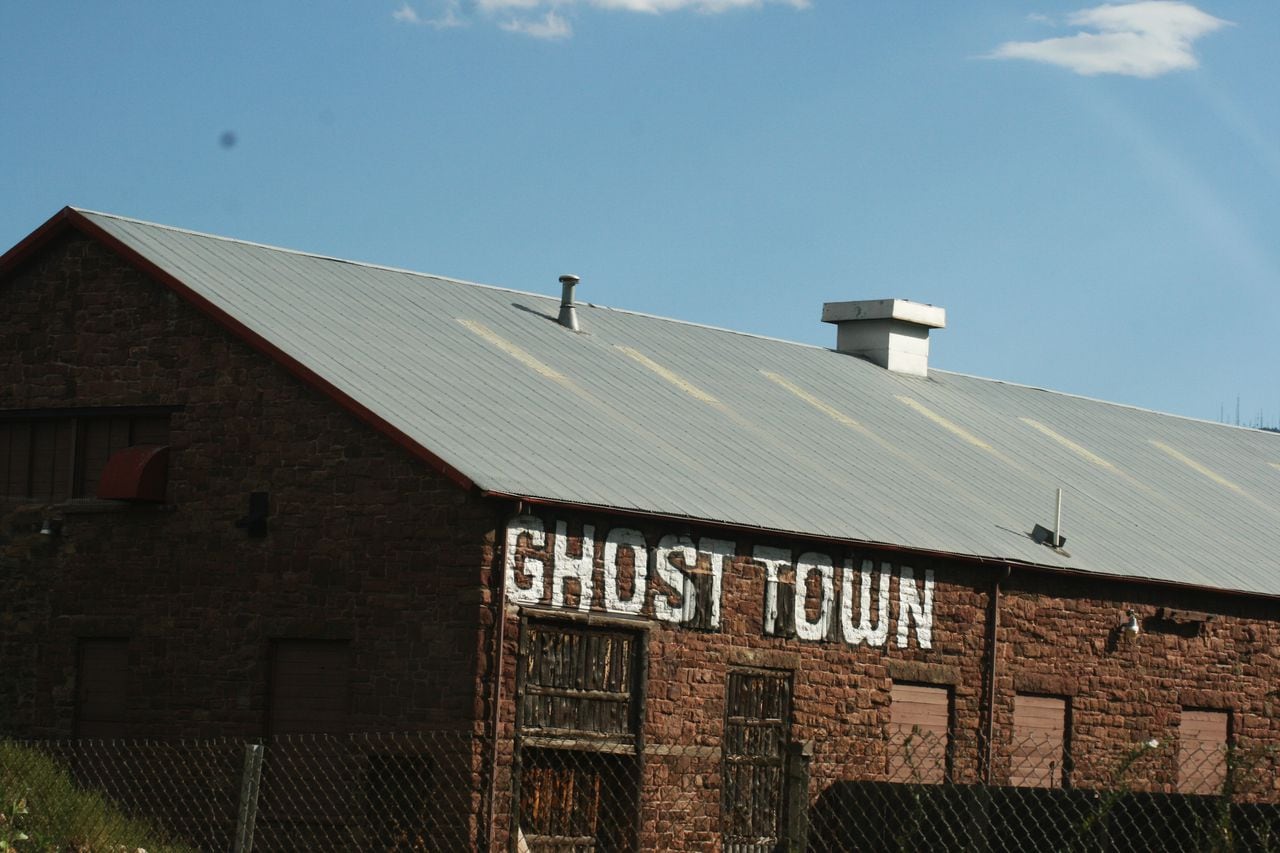
Could researchers more than 75 years ago have predicted the Massachusetts we live in today? It’s a daunting task to look so far into the future, but one study is predicting that a number of Massachusetts communities could look like ghost towns by the year 2100.
The study, published on January 11 in Nature, and conducted by researchers at the University of Illinois at Chicago, found that half of the cities in the United States will face some sort of population decline.
In Massachusetts, about a dozen communities are projected to lose a quarter or more of their population, according to the findings.
The factors for the creation of these virtual “ghost towns,” first reported by Scientific American, include decline of industry, lower birth rates and the effects of climate change.
The steepest declines could be seen in the Franklin County communities of Millers Falls and Northfield. Both had about 1,000 residents apiece in the 2020 U.S. Census. And both are set to lose about 50% of their population by the year 2100, according to the research.
The big population winners in Massachusetts are across the state. The northern Boston-area communities of Watertown, Malden, Somerville and Cambridge are all set to see their populations grow by 63% apiece, according to the research.
Other notable communities set to grow considerably by 2100 include Lynn, Nahant, Nantucket, Winthrop, Dedham, Milton, Saugus, Newton, Needham and Brookline.
The largest communities among the places set to lose major population are Pittsfield in Berkshire County and Greenfield in Franklin County. Both are predicted to lose more than a third of their respective populations by 2100.
The study used population data from the U.S. Census between 2000 and 2020. And it looks at five potential outcomes based on differing factors like how disruptive climate change will be. The results focused primarily on a “middle of the road” outcome that saw average impacts.
The “ghost towns” are mainly clustered in the Western Massachusetts counties of Franklin and Berkshire as well as a few on Cape Cod.
These 11 Massachusetts places could see population declines of more than 25% by 2100:
- Millers Falls, Franklin County – loss of 48%
- Northfield, Franklin County – loss of 48%
- Greenfield, Franklin County – loss of 40%
- Orange, Franklin County – loss of 39%
- Williamstown, Berkshire County – loss of 38%
- Lee, Berkshire County – loss of 37%
- Pittsfield, Berkshire County – loss of 33%
- East Dennis, Cape Cod – loss of 30%
- Chatham, Cape Cod – loss of 29%
- Shelburne Falls, Franklin County – loss of 27%
- West Falmouth, Cape Cod – loss of 27%
The authors of the study talked about changes with population shifts that could be felt in many aspects of normal life, though it is hard to say exactly how population shifts will affect us.
“The implications of this massive decline in population will bring unprecedented challenges, possibly leading to disruptions in basic services like transit, clean water, electricity and internet access,” the study’s authors wrote. “Simultaneously, increasing population trends in resource-intensive suburban and periurban cities will probably take away access to much needed resources in depopulating areas, further exacerbating their challenges.”
Not everyone is ready to accept the findings. Some who spoke with Scientific American said a lot could change in the next 80 years and one called the population projects “pretty reckless,” though the methodology was solid.
See how your community matches up in the table below.





